- Home
- About
- Hospitals
-
Treatments
- Orthopedic & Spine
- Knee Replacement
- Carpal Tunnel Release
- Rotator Cuff Repair
- Meniscus Repair / Meniscectomy
- Total Hip Replacement (THR)
- Total Shoulder Replacement
- Arthroscopy
- Ligament Reconstruction
- Spinal Fusion
- Discectomy
- Laminectomy
- Spinal Decompression
- Vertebroplasty and Kyphoplasty
- Fracture Repair
- ACL Reconstruction
- Tendon Repair
- Osteotomy
- Amputation
- Pediatric and Adult Cardiac
- Neuroscience
- Oncology
- Nephrology & KTP
- Gastroenterology & Hepatobiliary
- Obstetrics and Gynaecology
- Infertility
- Dental & Maxillofacial
- Plastic & Cosmetic Surgery
- Rhinoplasty
- Blepharoplasty (Eyelid Surgery)
- Facelift (Rhytidectomy)
- Breast Augmentation (Mammoplasty)
- Breast Reduction (Mammoplasty)
- Breast Lift (Mastopexy)
- Liposuction
- Abdominoplasty (Tummy Tuck)
- Brazilian Butt Lift (BBL)
- Lip Augmentation
- Breast Reconstruction
- Cleft Lip and Palate Repair
- Scar Revision
- Burn Reconstruction
- Botox Injection
- Ophthalmology
- Otolaryngology (ENT)
- Endocrinology
- General and Minimal Invasive Surgery
- Pulmonology
- Rheumatology
- Urology
- General Medicine
- Ayurvedic Treatment
- Orthopedic & Spine
- Doctors
- Contact Us
Tendon Repair
Tendon Repair is a surgical procedure performed to repair a torn or damaged tendon,
which is a fibrous connective tissue that connects muscle to bone. Tendons play
a crucial role in the musculoskeletal system, facilitating joint movement and
transmitting the force generated by muscle contractions to the bones. Tendon
injuries can result from trauma, overuse, or degeneration and can lead to pain,
weakness, and limitations in joint movement.
Here's an overview of the tendon repair process:
Preoperative Assessment: Before the
surgery, the patient undergoes a thorough evaluation, which may include
physical examinations, imaging studies (such as ultrasound or MRI), and a
discussion of the patient's medical history and goals for the surgery.
Anesthesia: Tendon repair is typically performed under
local anesthesia, regional anesthesia, or general anesthesia, depending on the
location and extent of the injury, as well as the patient's preference.
Incision: The surgeon makes an incision at or near the
site of the damaged or torn tendon to access it.
Tendon Examination: The damaged or torn tendon
is carefully examined to assess the extent of the injury. In some cases, the
surgeon may need to remove any scar tissue or unhealthy tissue to prepare the
area for repair.
Tendon Repair: The surgeon repairs the tendon using various
techniques, such as sutures (stitches), anchors, or other fixation devices. The
goal is to rejoin the torn ends of the tendon and restore its function.
Closure: After the repair is complete, the incision is
closed with sutures or staples, and a sterile dressing or bandage is applied.
Postoperative Care: Following the surgery,
patients typically undergo a rehabilitation program that may include physical
therapy to help regain strength, range of motion, and function in the affected
area. The specifics of the rehabilitation program will depend on the location
and extent of the tendon repair.
The specific technique used for tendon repair can vary depending on the
type of tendon, the location of the injury, and the surgeon's judgment.
Successful tendon repair aims to restore the integrity of the tendon, promote
proper healing, and help patients regain strength and function in the affected
area.
Recovery time also varies depending on the location and extent of the
tendon injury and the patient's adherence to the rehabilitation program. It may
take several weeks to several months to regain full function, and some patients
may need to wear a splint or cast during the early stages of healing.
It's important for patients to follow their surgeon's post-operative instructions carefully and commit to the rehabilitation process to optimize the chances of a successful outcome and minimize the risk of complications.



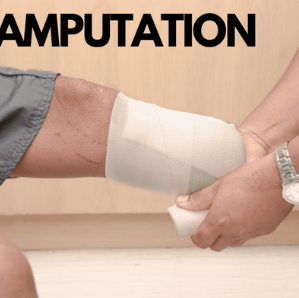
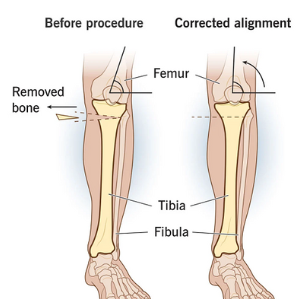


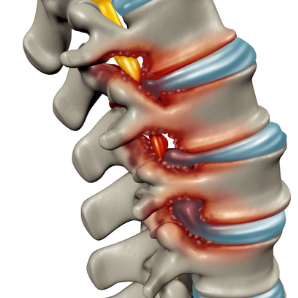
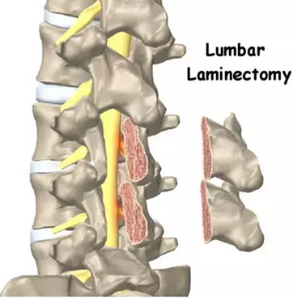
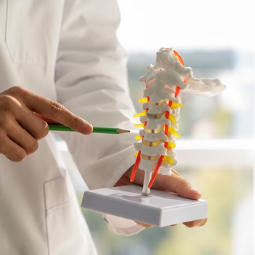
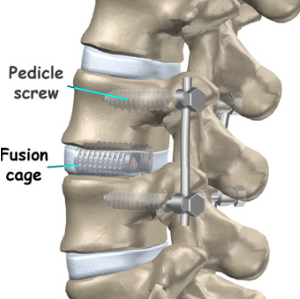
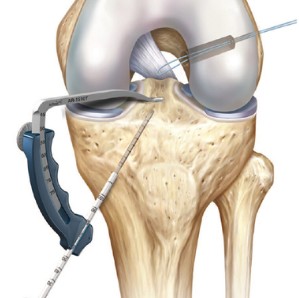
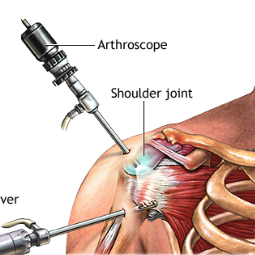
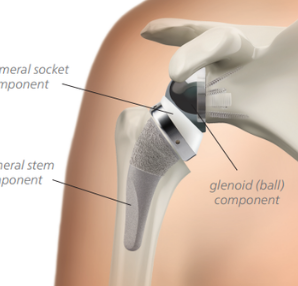
.png)